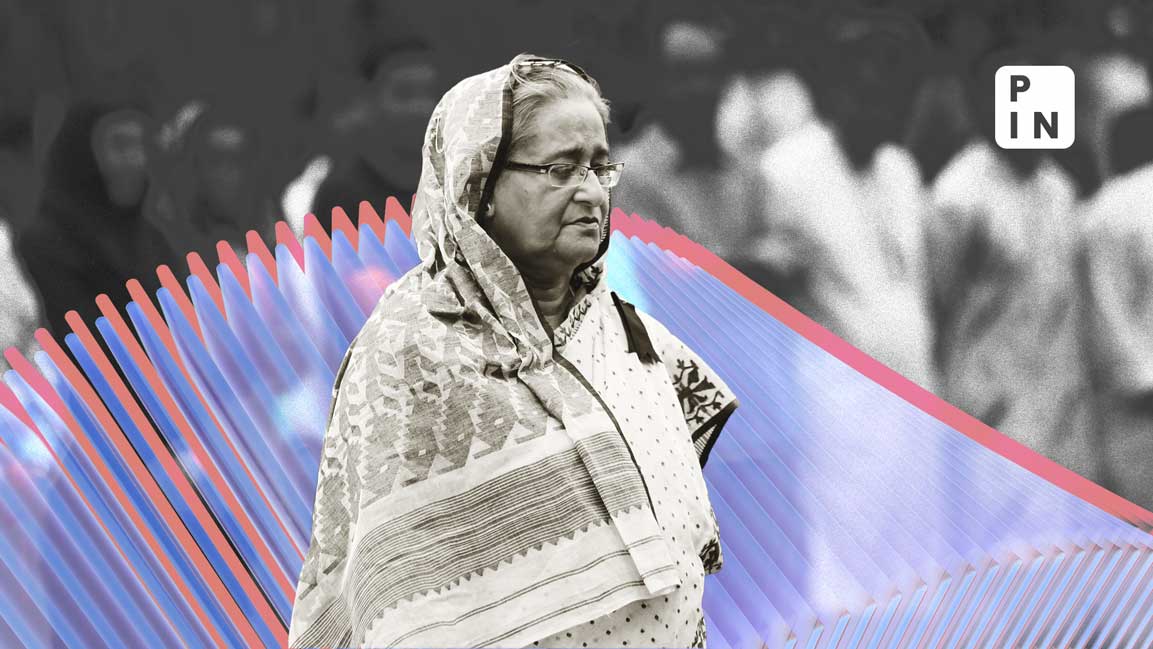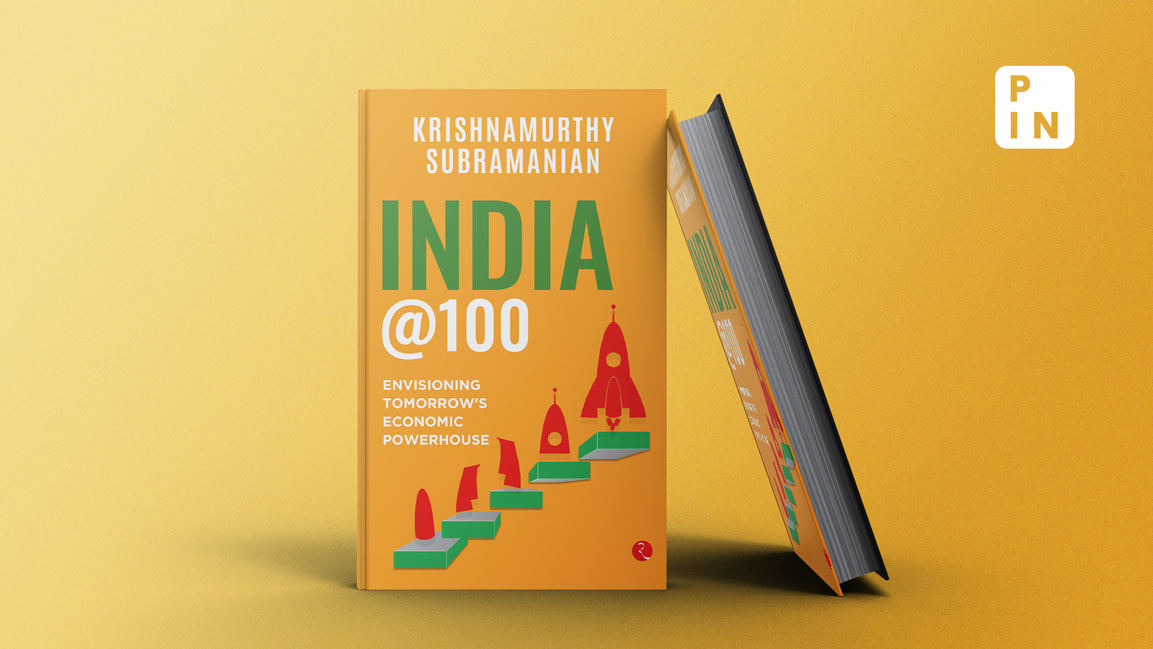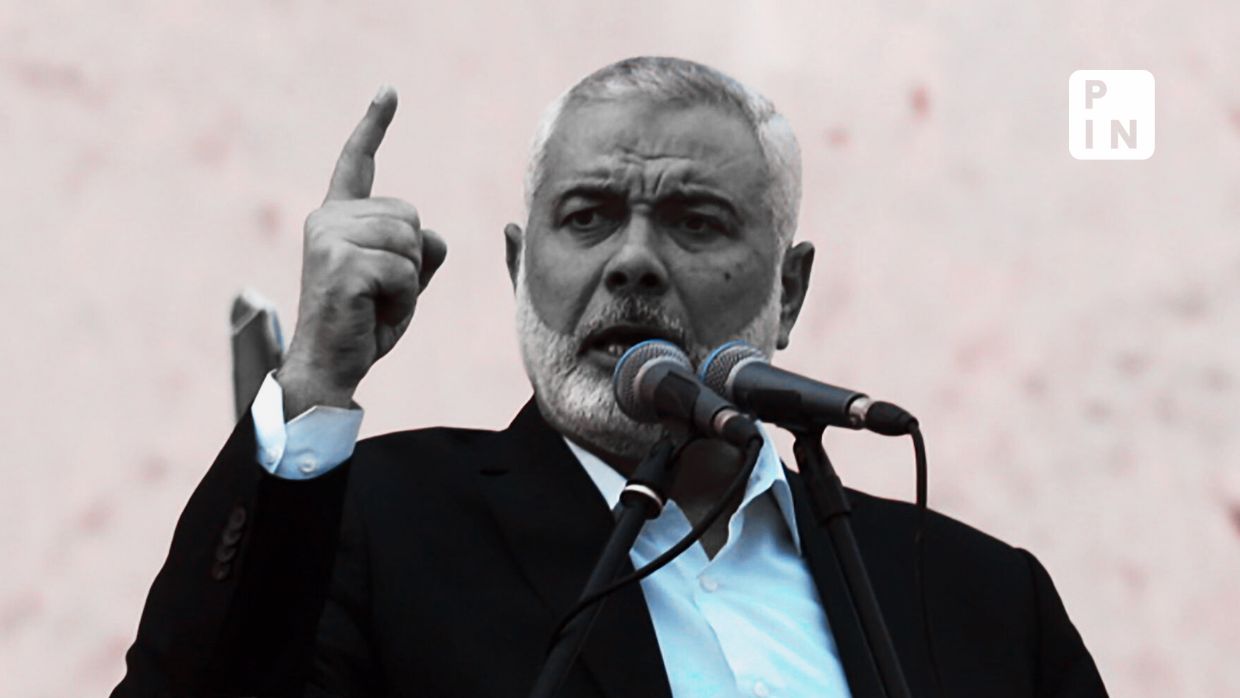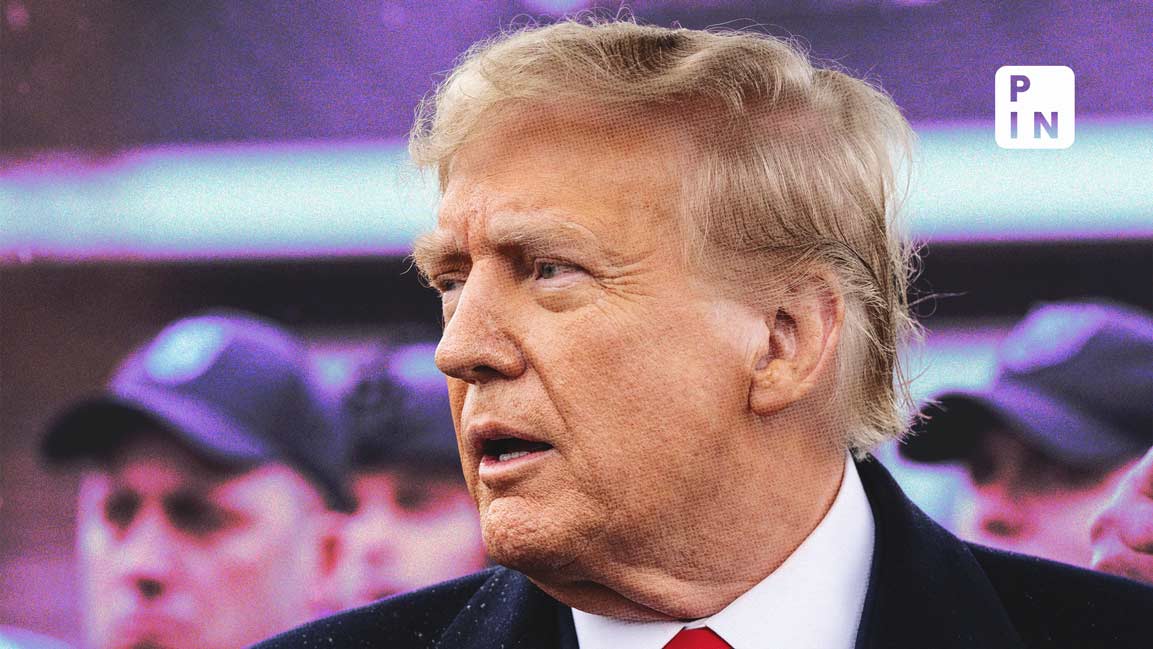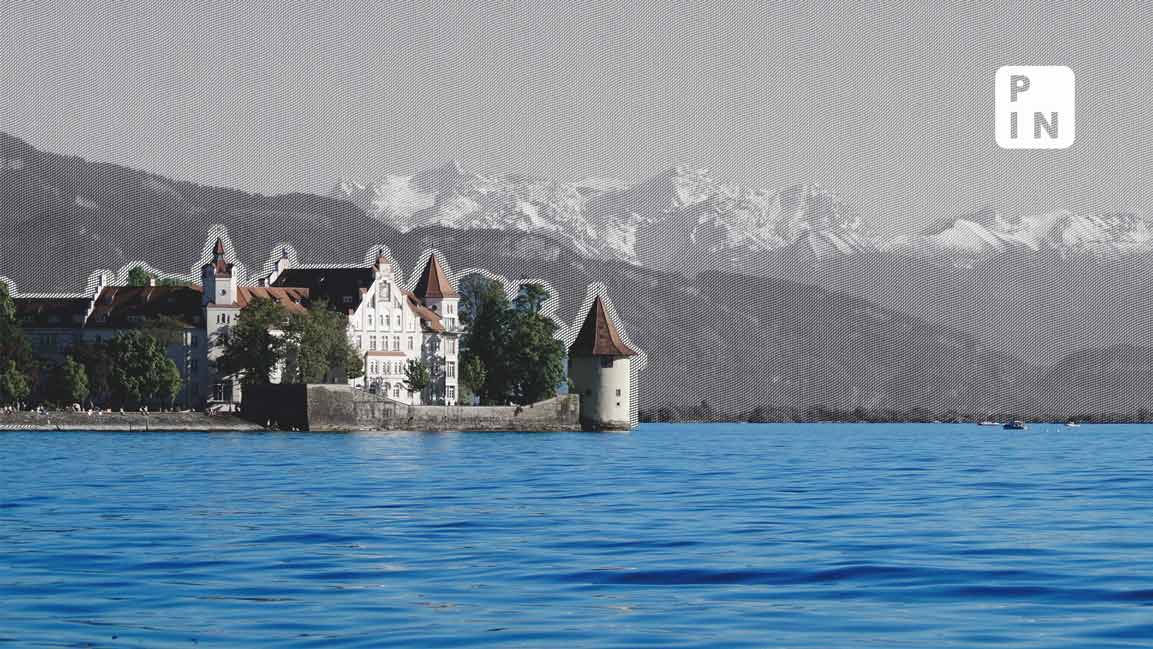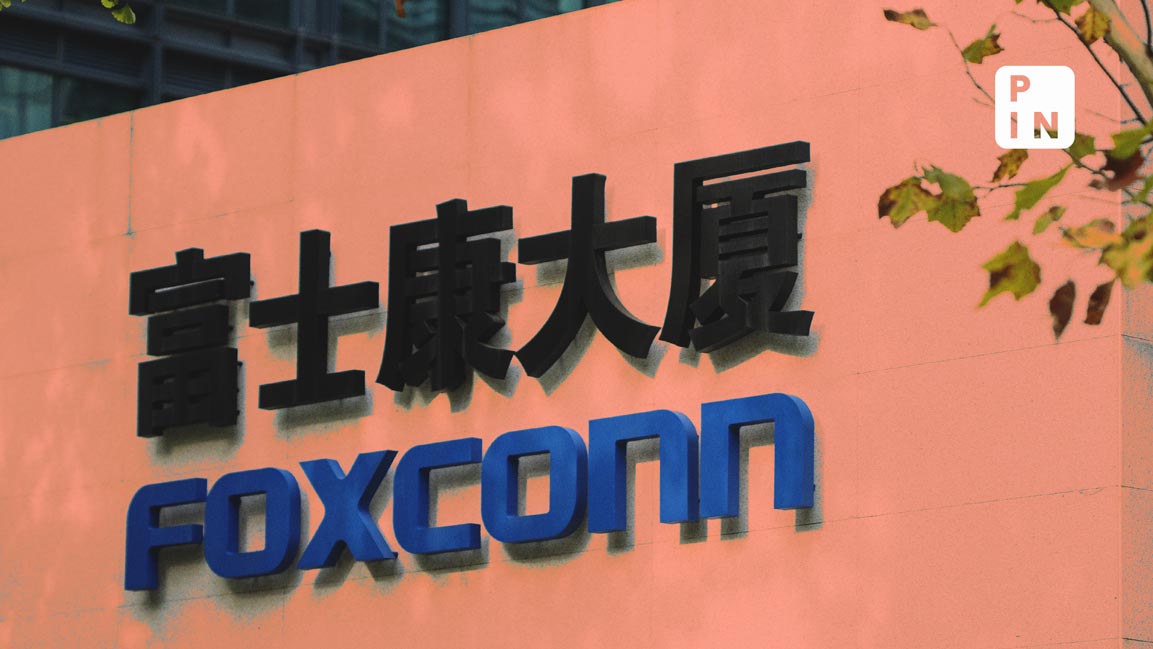- | 11:30 am
NATO at 75: Some fundamental questions that need answers
The conversations during last week’s summit were as much about NATO as they were about Biden’s cognitive abilities to campaign successfully and to hold office if elected.
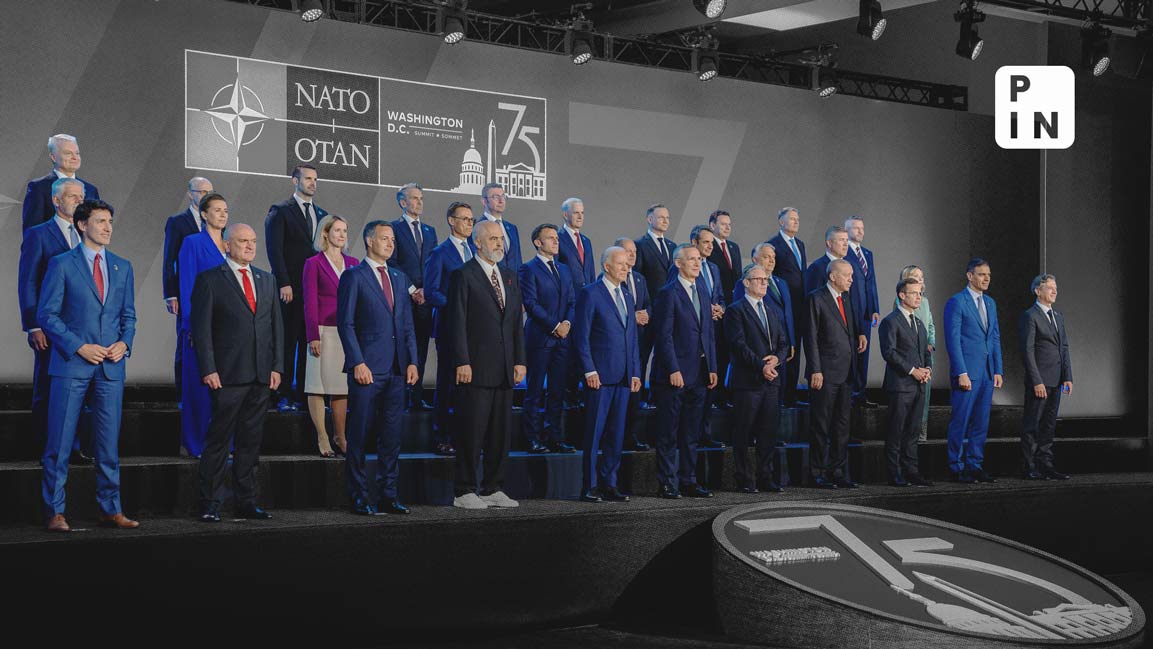
Last week, US President Joe Biden, 81, hosted 31 heads of state/government in Washington, where on 4 April 1949, 10 countries from Western Europe, still recovering from the devastating impact of World War II, joined the US and Canada to establish NATO.
It’s unclear why the summit was not held in April 2024, though it was announced then that Biden would host a summit in July.
Was the postponement calculated to give Biden a chance to hold it closer to the November election to derive electoral advantage by projecting his global leadership?
We do not know.
What we can say is that the conversations during the 3-day summit were as much about NATO as they were about Biden’s cognitive abilities to campaign successfully and lead America for a second four-year term.
Biden mistakenly called Ukraine President Volodymyr Zelenskyy “Putin” and on another occasion confused Trump with Kamala Harris while speaking about his vice-president. In short, Biden’s cognitive disabilities were on full display.
Is the alliance strong enough to take on Russia in Ukraine?
The 5,760-word NATO summit communique is meant to convey that the alliance is in good shape, able and willing to take on Russia, and support Ukraine in winning the war and recovering all lost territories, including Crimea (in 2014).
Biden and secretary-general Jens Stoltenberg asserted that NATO is stronger and bigger than ever with the addition of Finland and Sweden.
If a little boy were to ask them: “If NATO is so strong, how come Ukraine has not thrown the Russian military out of Ukraine with your assistance?”, one wonders what answer he would have received.
Obviously, Russia has local military superiority in Ukraine. As of now, Ukraine’s chances of regaining territory or even stopping Russian advances are far from bright.
The war in Ukraine has two dimensions: a war between the large Russia and its smaller neighbor Ukraine, and simultaneously, a war between Russia and NATO.
Let us compare the GDP and defense spending of the two sides (all figures are for 2024): Russia’s GDP at $2.24 trillion is 1/20th of NATO’s. The defense expenditure of the 32 member-states is $1,474.4 billion compared to Russia’s $410 billion.
Will Trump Walk out of NATO?
An important concern at the summit was to ‘Trump-proof’ NATO and its support for Ukraine. It was announced that Ukraine would receive at least $40 billion in aid next year. Does it make sense? If Trump wins the election on 5 November, the plans made at the summit could collapse like a house of cards.
However, it is important to mention that the danger to NATO from a Trump presidency is rather exaggerated.
Trump is the best salesman for the Military-Industrial-Congressional Complex (MICC). He wants NATO member-states to buy more from the MICC. Hence, he compelled them to raise defense expenditure to 2% of GDP. If he walks out of NATO, the Europeans will stop buying from the MICC. There is no real peril to NATO from a Trump presidency.
Trump does have a soft corner for Russian President Vladimir Putin. He has claimed that were he the president, there would not have been the war with Ukraine. While the American media have not taken his claim seriously, reflection shows that Trump is probably right.
As Zelenskyy chased membership in NATO, Putin had reason to worry about a repeat of the 1962 Cuban missile crisis in reverse order.
President John F. Kennedy, in 1962, did not say then that Cuba had every right to choose its defense policy. Instead, he demanded that Khrushchev remove the missiles as they were too close to America.
After Washington signed a Charter on Strategic Partnership with Ukraine (10 November 2021) that guaranteed US support to recover Crimea, Putin sent a draft treaty to Washington.
Instead of engaging in diplomatic negotiations with Russia, Biden publicly rejected Putin’s idea and declared that Ukraine had every right to join NATO, even though he knew well that there was no earthly chance of NATO taking Ukraine in.
Trump might have handled it differently and perhaps would have found a formula to protect Ukraine’s territorial integrity without infringing on Russia’s security.
Confused thinking about Ukraine’s entry into NATO
At the April 2008 NATO summit, Washington wanted Ukraine to be admitted as a member. Paris and Berlin did not agree, and London, too, had reservations. This was a setback to then President George W. Bush. Before the summit meeting, Putin had warned that Russia would have to treat Ukraine as an enemy if it joined NATO and would target its missiles at Ukraine.
It has been argued by Poland and the others that if Ukraine had joined NATO, Putin would not have invaded it in 2022.
The argument is not all that convincing. If that were so, why did Washington not use its clout and get Ukraine admitted into NATO in 2021?
We are not aware of any effort made by Washington in this direction. The short point is that NATO does not want to provoke Russia by inducting Ukraine.
Focus on China as a source of threat
Paragraphs 26 and 27 in the summit declaration are devoted to China.
“The PRC has become a decisive enabler of Russia’s war against Ukraine through its so-called “no limits” partnership and its large-scale support for Russia’s defense industrial base. This increases the threat Russia poses to its neighbors and to Euro-Atlantic security. We call on the PRC, as a permanent member of the United Nations Security Council with a particular responsibility to uphold the purposes and principles of the UN Charter, to cease all material and political support to Russia’s war effort.”
Chinese foreign minister Wang Yi has dismissed the NATO declaration as “groundless accusations” and warned NATO against stirring up confrontation. Biden has threatened China with trade sanctions and moves are afoot. However, China is unlikely to change its policy.
Key questions not raised
NATO was established in 1949 in the context of the Cold War. Its first secretary-general was Lord Hastings Lionel Ismay, who was an aide to Viceroy Mountbatten.
Ismay said that NATO was established to keep the Soviet Union out of Western Europe, to keep Germany down, and to keep America in.
The Soviet Union collapsed in 1991. Germany ceased to be a military threat to its neighbors in 1945. What is the raison d’etre for NATO?
When the Soviet Union collapsed in 1991, why was no serious effort made to establish a cooperative security system for Europe? What was the need for NATO’s eastward expansion? We can be certain that these fundamentally important questions were not raised in Washington. Institutions often outlive their relevance or utility as history teaches us.






